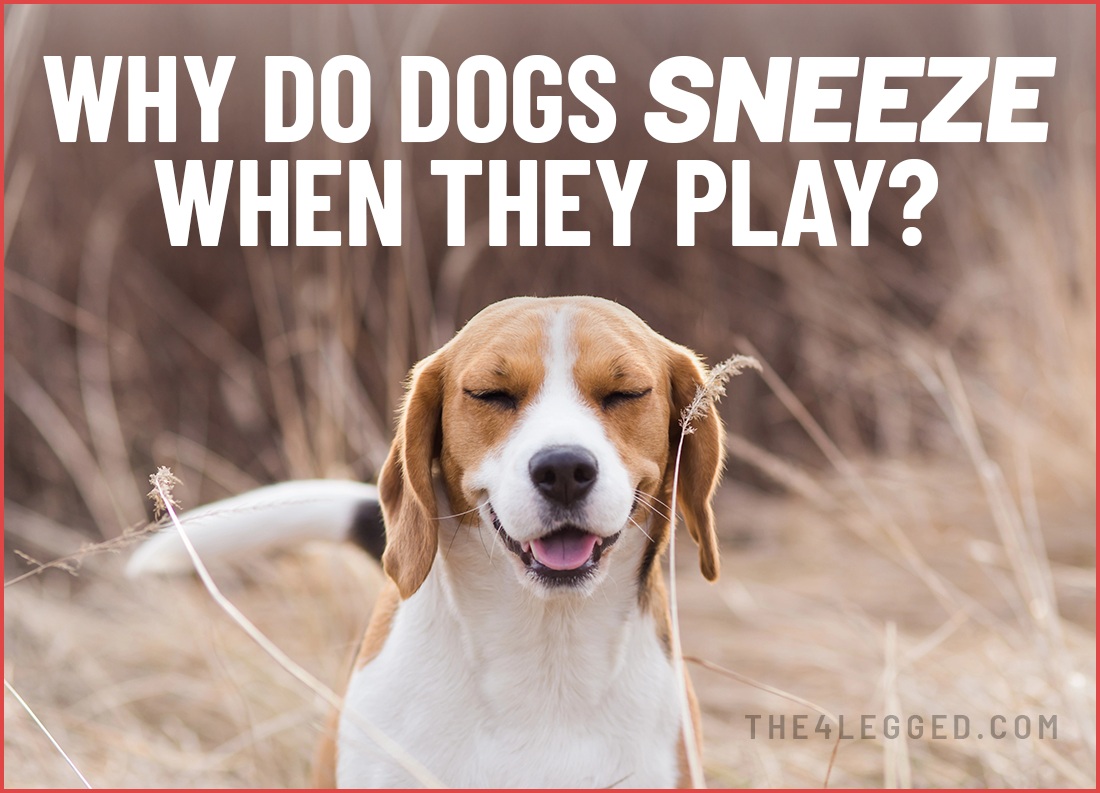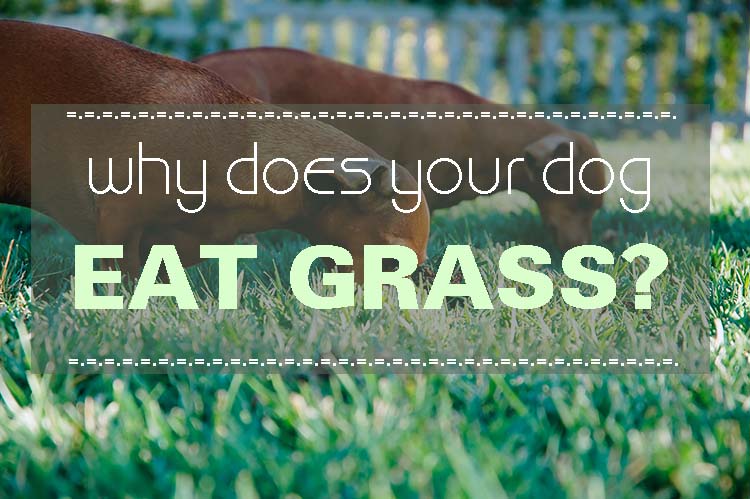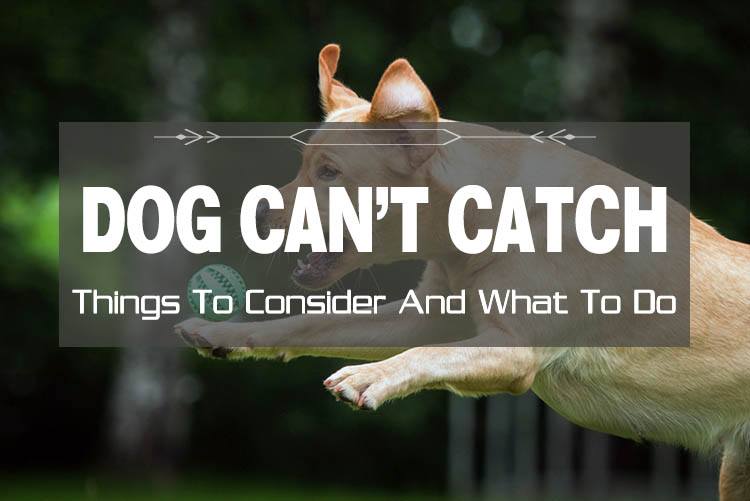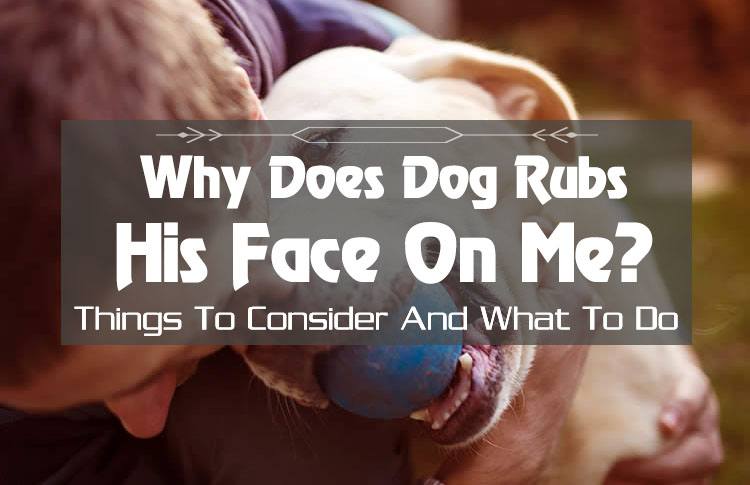Ever caught your pup sneezing in the middle of a playful romp and wondered, “Why do dogs sneeze when they play?” This quirky behavior isn’t just about a tickly nose—it’s a way for dogs to show excitement and signal that the fun is all in good spirits. Let’s dive into what play sneezing really means and when it might be more than just play.
Key Takeaways
- Play sneezing is a soft, playful signal that dogs use to show they’re having fun and not feeling threatened during playtime.
- Environmental factors like dust and pollen, along with irritants from cleaning products, can trigger sneezing while dogs are playing.
- Monitoring your dog’s health and maintaining clean play areas can significantly reduce instances of play sneezing and ensure a safe play environment.
Play Sneezing Explained
Play sneezing is a curious phenomenon where dogs sneeze during play, but it’s not quite the same as regular sneezing. Unlike typical sneezes that expel air and irritants from the nasal passages, play sneezes are more of a behavioral signal rather than a physiological necessity. This behavior is specifically called a play sneeze, distinguishing it from involuntary sneezing. These sneezes are characterized by their frequent occurrence during dog interactions, especially during moments of high energy and excitement.
Play sneezes are generally softer and airier, involving the front of the face and are based closer to the dog’s face rather than the entire nasal passage. This type of sneeze doesn’t indicate nasal irritation or discomfort as regular sneezing does. It’s a fascinating way for dogs to communicate their enjoyment and enthusiasm during playtime.
Many dogs, regardless of breed or size, exhibit this play sneeze behavior, making it a common and normal part of canine play.
The Nature of Play Sneezes
Play sneezes are distinct from regular sneezes in several ways:
- They are typically softer.
- They produce a more shush-y sound compared to the explosive nature of a typical sneeze. The sound of a play sneeze can sometimes resemble a ‘snort,’ but a snort is usually a more abrupt, forceful sound used in social communication, such as signaling a desire to stop or end an interaction.
- This softer, airier quality involves the front of the face.
- They are less intense and more delicate, which also sounds different. You can hear the difference in their sound. Additionally, ‘snorting’ is different from sneezing during play; snorting often indicates upper airway issues or discomfort and is not the same as the playful, communicative sneeze.
Intense physical activity can also lead to increased sneezing due to heavy breathing and exertion. During play, these social sneezes are small and delicate, unlike the forceful physiologic sneezes that often include nasal discharge.
Understanding these differences helps us appreciate the unique ways humans have noticed dogs express themselves during play fighting and aggression.
Communication Through Play Sneezes
Dogs use play sneezes as a form of communication to indicate that they are enjoying the interaction and are not feeling threatened. A sneeze during play acts as a social cue, signaling to other dogs that the play is fun and non-aggressive. Sometimes, dogs may sneeze or use similar signals to indicate they want to stop playing. This helps to maintain a friendly and safe environment during playtime.
The act of sneezing serves as a playful signal, allowing dogs to communicate their friendly intentions and keep the play session enjoyable and non-threatening. By understanding these sneezes, dog owners can better interpret their pet’s behavior and ensure their furry friends have a great time playing. Owners should watch their dogs’ body language and sneezing to better understand their intentions. Watching dogs closely during play is important for interpreting their communication signals.
Why Dogs Sneeze During Playtime
Play sneezing often occurs when dogs are excited and engaged in social play. This behavior acts as a signal to other dogs that the play is enjoyable and non-threatening. Dogs sneeze during play to express their excitement and enthusiasm, creating a positive atmosphere for interaction.
However, dogs are not the only animals that use sneezing as a form of communication during social interactions.
Additionally, excitement or irritants like dust can cause dogs to sneeze more frequently during play. Understanding the reasons behind play sneezing can help dog owners better interpret their pets’ behavior and ensure a fun and safe playtime.
Excitement and Playfulness
High energy levels during play can trigger sneezing in dogs as a natural reaction. When dogs are excited, their bodies respond with increased activity, which can sometimes result in sneezing.
This is a normal and harmless reaction that indicates your dog is having fun.
Social Signals in Play
Dogs use sneezing during playtime to convey that their actions are friendly and not aggressive. Sneezing can act as a social solicitation for interaction, inviting other dogs to continue playing. These play sneezes tend to occur more frequently during interactive play, unlike typical sneezes.
When dogs sneeze, they often lower their body posture, further indicating playfulness. This behavior serves as a playful invitation, signaling other dogs to engage and continue the fun.
Physical Activity Effects
Physical exertion during play can lead to heavy breathing in dogs, which increases the likelihood of sneezing due to inhalation of irritants. Common irritants in play areas include:
- Smoke
- Perfumes
- Grass pollen
- Dust
These irritants can trigger sneezing as dogs breathe heavily while playing.
Debris such as grass blades or seeds can enter a dog’s nostrils while playing outside, leading to sneezing. Sometimes, these objects can become stuck in the dog’s nose, causing persistent sneezing and irritation. Environmental triggers, such as airborne particles and irritants, can exacerbate sneezing during a dog’s playtime. After outdoor play, it is important to check the dog’s nose for any debris or foreign objects.
Environmental Factors Influencing Play Sneezing
Keeping play areas tidy and free from allergens can help reduce sneezing episodes in dogs. Creating a consistent cleaning routine for play areas can significantly reduce allergens that trigger sneezing. Regular vacuuming can reduce dust and dander, minimizing sneezing triggers for dogs.
Understanding the environmental factors that influence play sneezing can help dog owners create a more comfortable and sneeze-free play environment for their pets.
Dust and Pollen
Common irritants that can cause sneezing in dogs include dust and pollen, along with household products and perfumes. Specific examples of irritants that dogs might encounter during play include dust, pollen, air fresheners, smoke, and cleaning products.
Irritants such as dirt from digging or fragments of twigs and leaves can cause a dog’s nose to become irritated, leading to sneezing during outdoor play. When dogs are removed from irritants, sneezing usually stops, indicating a direct link between the irritants and their sneezing.
Air Fresheners and Cleaning Products
Household products can irritate a dog’s nose, leading to sneezing during play. Strong scents from cleaning products and air fresheners can provoke sneezing in dogs. Selecting non-toxic cleaning supplies in play areas can prevent adverse reactions that lead to sneezing.
Using unscented or pet-safe cleaning products can help reduce the risk of an irritant to your dog’s nasal passages. This simple change can make a significant difference in your dog’s comfort during playtime.
Irritants in Play Areas
Common irritants such as dust and pollen can accumulate in outdoor play areas, potentially triggering sneezing in dogs. Household cleaning products and air fresheners may also contribute by releasing strong scents that irritate a dog’s nasal passages when used near play areas.
To maintain a comfortable play environment:
- Keep play areas clean and free from dust and allergens to reduce sneezing triggers.
- Use pet-safe cleaning products.
- Avoid devices that emit strong scents.
Health Considerations for Play Sneezing
Routine veterinary check-ups are crucial for identifying health issues that could contribute to excessive sneezing. Frequent veterinary visits can help identify potential health concerns that may contribute to increased sneezing during play. Persistent sneezing can result from irritants, infections, or even allergies.
Sneezing combined with other medical signs should concern dog owners. If you notice blood in your pooch’s nasal discharge or sneezing, or if symptoms like lethargy, loss of appetite, or difficulty breathing occur, it’s time to worry and seek veterinary attention. Understanding these health considerations can help ensure your pooch’s well-being.
Allergies in Dogs
Environmental factors like dust and pollen significantly trigger sneezing in dogs, particularly during playtime. Seasonal allergens might cause dogs to sneeze more frequently, especially during outdoor activities. Common allergens that may cause sneezing in dogs include mold spores, dust mites, and certain foods.
Environmental changes, like seasonal allergies, can lead to increased dogs sneezing during play. Managing these allergies can help reduce sneezing episodes.
Nasal Mites and Infections
Nasal mites can cause intense irritation, leading to frequent sneezing and discomfort in dogs. Symptoms of nasal mites include sneezing and bloody discharge. Other signs are facial itching, head shaking, and reverse sneezing. Diagnosis of nasal mites requires veterinary intervention, typically involving anesthesia and the use of a flexible scope or nasal cavity flush.
Treatment for nasal mites usually involves anti-parasitic drugs such as ivermectin, and steroids may be used for itching. Upper respiratory infections can lead to sneezing in dogs and may also be accompanied by coughing and wheezing. Upper respiratory tract infections, including fungal infection such as aspergillus, can also cause sneezing and nasal discharge. Kennel cough, which is characterized by a persistent honking cough, sneezing, or a runny nose, should be differentiated from other causes of sneezing, and a veterinarian should be consulted if these symptoms are observed.
Dental Issues
Dental issues, such as an infected tooth, can lead to sneezing in dogs. An infected tooth can allow bacteria to spread to nearby areas, including the nasal passages, resulting in a dog sneeze and sometimes even dog sneezing.
Maintaining good dental hygiene in dogs is essential to prevent sneezing caused by dental infections.
When to Be Concerned About Play Sneezing
Monitoring a dog’s sneezing pattern can help identify if it’s due to play or an underlying condition. If dogs sneeze frequently, it could indicate something minor or more serious. If sneezing is frequent and persistent, it might require a veterinary consultation.
Common symptoms of a nasal infection in dogs include:
- Sneezing
- Nose pain
- Nosebleeds
- Discharge
- Swelling
A nasal tumor can also cause persistent sneezing, nosebleeds, facial swelling, or other symptoms, and should be evaluated by a veterinarian.
If your healthy dog shows signs of an upper airway obstruction in the throat, you should visit your veterinarian.
Persistent Sneezing
Nasal infections or mites can cause persistent sneezing during play. Tracking the duration and frequency of sneezing helps inform the vet effectively.
If unsure whether a sneeze is a social cue or a medical issue, taking a video and consulting a veterinarian can help diagnose the problem more accurately.
Accompanying Symptoms
Coughing alongside sneezing can point to potential respiratory issues. Changes in a dog’s overall behavior can indicate health problems if they occur with sneezing. Additional symptoms such as cough or noticeable behavioral changes warrant a visit to the vet, as these might signal a more serious underlying condition.
Tips to Minimize Play Sneezing
Reducing the frequency of sneezing can enhance your dog’s play experience and overall enjoyment. Taking certain measures ensures a fun and comfortable playtime for your furry friend.
Consider these practical tips to minimize play sneezing.
Maintain Clean Play Areas
Regularly cleaning play areas helps to keep allergens and irritants at bay, which can significantly reduce playtime sneezing. Regularly vacuuming and dusting play areas minimizes exposure to irritants that might trigger sneezing. Keeping play areas free from allergens like dust and pollen can significantly lower the chances of sneezing.
Regularly inspecting and clearing debris from play spaces helps minimize the risk of sneezing due to environmental irritants. You may notice this improvement over time.
Monitor Dog’s Health
Monitoring your dog’s health during playtime is essential to identify any potential issues early on. Causes of sneezing that indicate health concerns include:
- Allergies such as to dust and pollen, which indicate underlying sensitivities that require attention.
- Nasal infections.
- Mites, which should be evaluated by a veterinarian.
Watch for signs such as pawing at the face or nose, as this behavior may indicate nasal irritation, discomfort, or an underlying medical issue.
Dental issues, including infections near nasal passages, may lead to sneezing and require veterinary intervention. If your dog sneezes persistently during or after play, it may be a sign of a more serious health issue. Signs such as nasal discharge, coughing, or noticeable changes in behavior accompanying the sneezing may indicate a need for a vet visit.
Regular vet check-ups catch underlying health issues and illness in animals before they become serious.
Use Safe Products
Using pet-safe cleaning supplies contributes to a healthier play environment for dogs. Using non-toxic cleaning products in play areas can prevent strong odors that may bother sensitive canine noses.
Pet-safe cleaning supplies minimize strong odors that might trigger sneezing during play.
Summary
A playful sneeze might look funny, but it’s your dog’s way of saying, “I’m happy and just having fun.” From excitement and social cues to occasional environmental triggers, sneezing during play is usually harmless. By keeping play areas clean, using pet-safe products, and watching for any unusual signs, you can make sure your pup enjoys safe and joyful playtime.
Want to understand even more about your dog’s quirky habits? Explore our collection of dog-care guides and dive deeper into common dog behaviors to keep your furry friend healthy, happy, and thriving.
Frequently Asked Questions
Why do dogs sneeze when they play?
Dogs sneeze while playing mainly to show they’re excited and to let other dogs know they mean no harm. It’s their way of keeping the fun lighthearted!
Are play sneezes different from regular sneezes?
Absolutely, play sneezes are indeed different! They’re generally softer and more playful, unlike regular sneezes that are stronger and driven by irritation.
What environmental factors can cause my dog to sneeze during play?
Your dog might sneeze during play due to environmental irritants like dust, pollen, or even household cleaning products. Keeping their play area clean and free from strong odors can help reduce these sneezing fits.
When should I be concerned about my dog’s sneezing?
You should definitely be concerned if your dog’s sneezing is persistent or comes with other symptoms like coughing, nasal discharge, or changes in behavior. It’s always a good idea to check in with your vet in those cases.
How can I reduce my dog’s sneezing during playtime?
To reduce your dog’s sneezing during playtime, keep their play areas clean and use pet-safe cleaning products. Regularly check your dog’s health too, as it can help identify any underlying issues.




